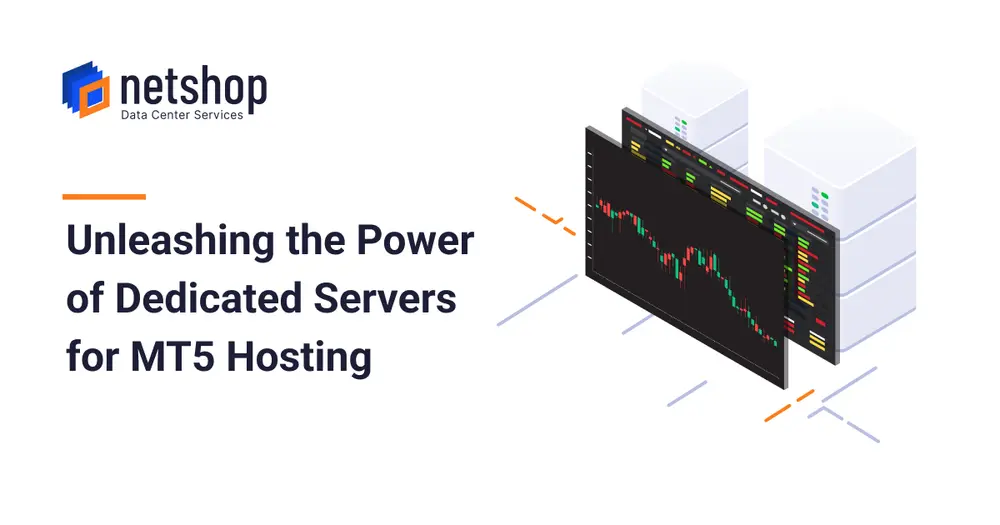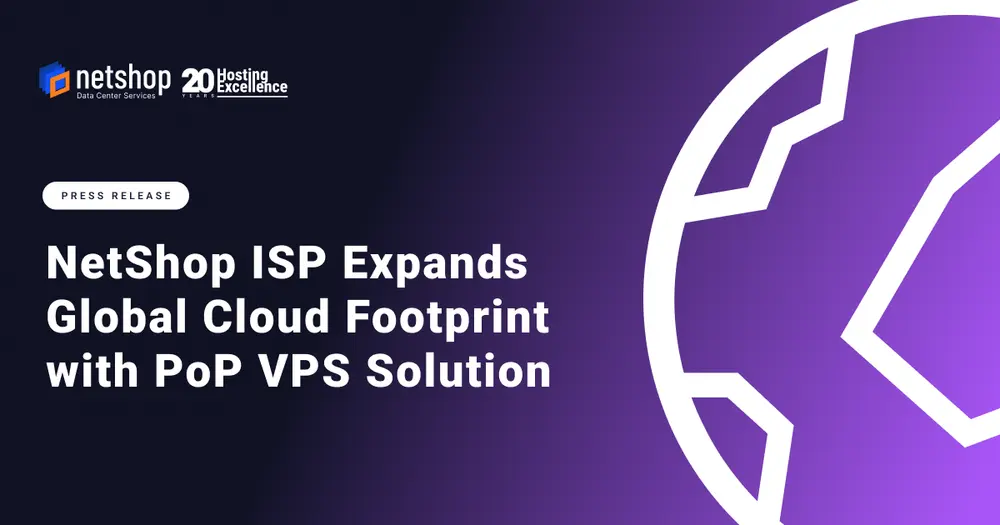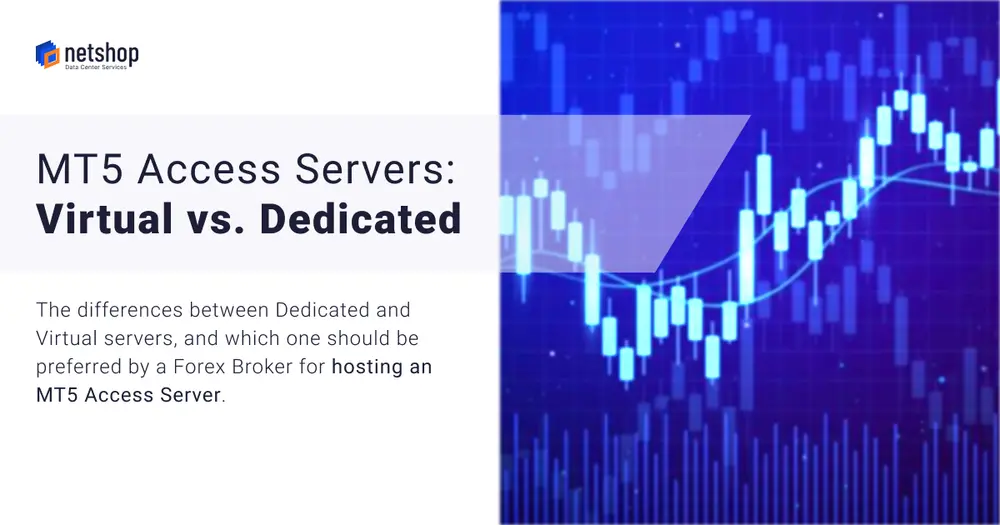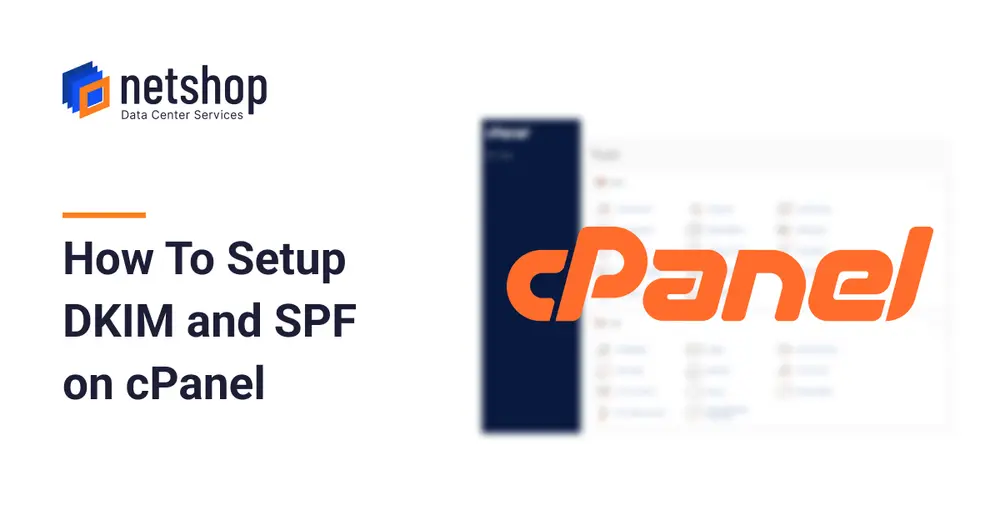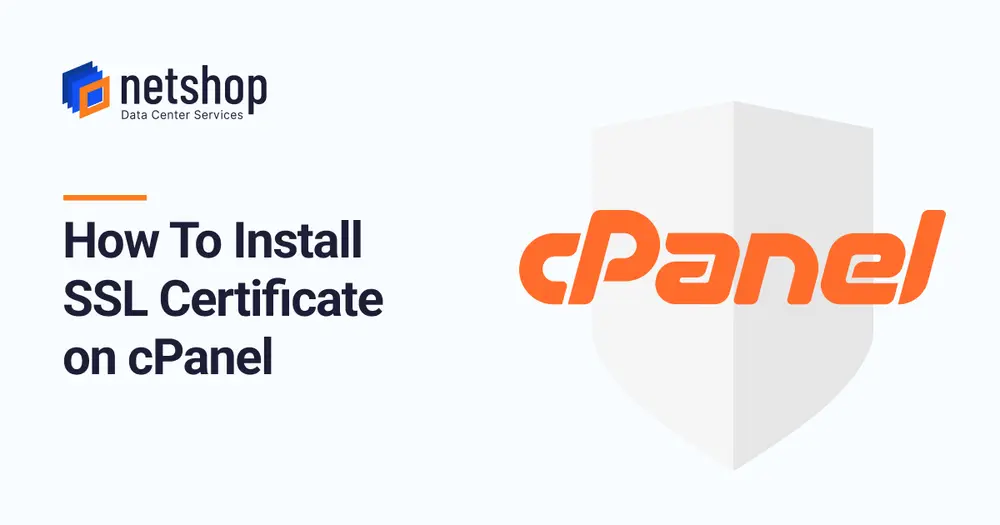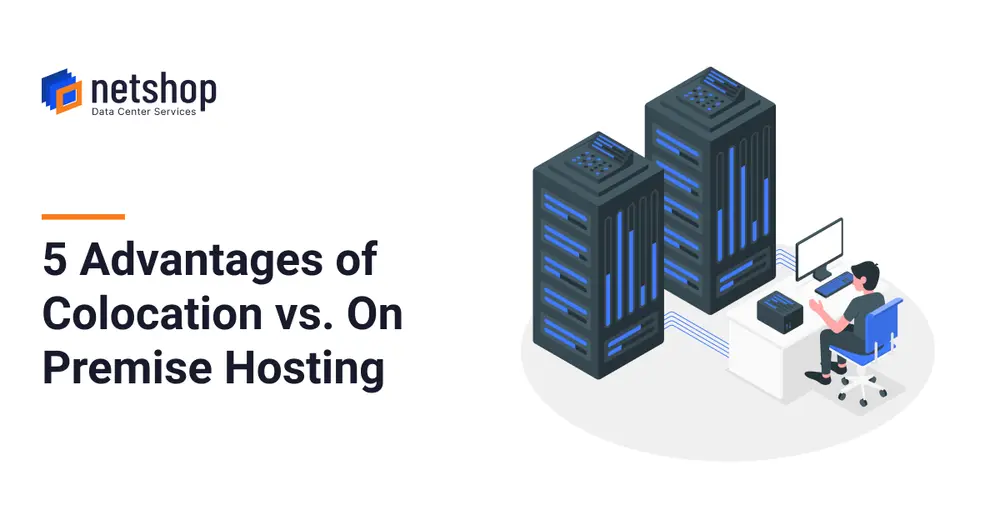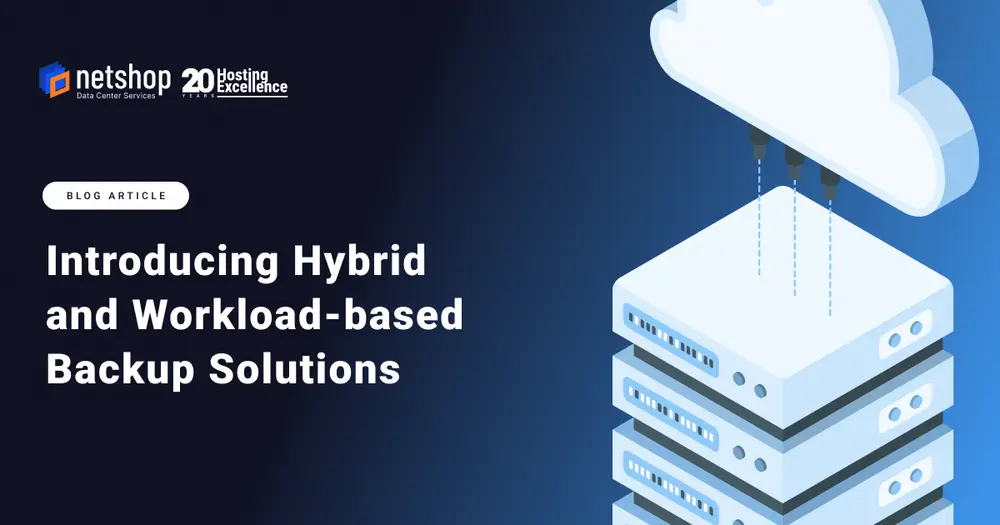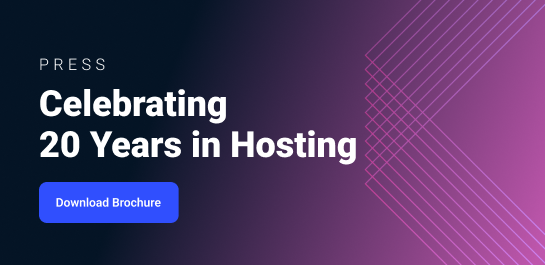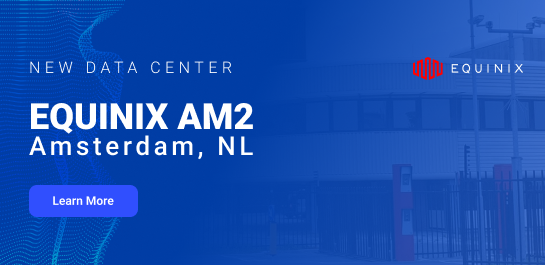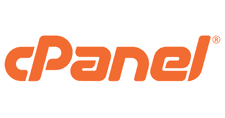Many people who use high-end technology in their daily lives might not know about cPanel. cPanel, which is also known as the control panel, is where you can navigate your account and make changes in it. You may change and customize your server account through cPanel hosting.
cPanel has these functionalities:
Email. You can create and manage a new email account in your cPanel, and at the same time change the password for an existing email account. You can navigate your email through cPanel.
Domain. Your cPanel is configured to your primary domain, which is at the same time your main domain. You can make and add a new domain and a subdomain.
File Management. You can create FTP accounts in your cPanel that will give you access to your files whenever and wherever you are. It also has a file manager wherein you can create, modify, customize, and delete your files right on the server.
Database Management. You can make a database and manage the users in the database, like changing passwords. It also has its own privileges, like having an access to My Admin to import or export databases.
An Overview About cPanel Hosting
cPanel is one of the most popular Linux control panels for accounts in web hosting. It allows you to easily maneuver and navigate all services in an account at a single place. It is the standard industry in the web world and most web developers use it when handling different accounts.
It further makes you do all things that seem impossible on the web. It empowers users as well as technologists to manage a web hosting account with 100% efficiency. From creating new FTP users and accounts, email addresses, or checking resources to creating domains, subdomains, and installing software, cPanel is with you throughout.
cPanel hosting is basically a Linux web hosting, and it includes installation of the cPanel. Just like any other web hosts, it has its own pros and cons. However, it works well in most cases and it all makes sense when you’re looking for a control panel solution.
Below are the pros and cons of using cPanel.
Pros
- It is easy to learn and use.
- It is time and cost-efficient.
- Proven and tested high-quality.
- It has software with auto-installers.
- It has lots of tutorials, lessons, and guide on the web.
Cons
- The features might be confusing because of the number.
- Some important settings can easily be changed anytime.
- There are hosts that run outdated software.
- It can get a little too expensive and mostly does not offer free hosting.
How to Use cPanel?
If you’re new to web hosting, you should know where to start first. There are different cPanel installations that have different types of features. But the good side of it is that it’s easy to first look around and be familiar to its different sections.
When you first log in to your cPanel account, you will then see some metrics and statistical data about your resource usage. This includes your CPU usage, available storage space, and memory usage. These things will help you keep track and manage your website’s overall performance and will give you useful information that can help you improve more.
File Modules
When you’ve already got the hang of the website’s performance, focus on the different file modules.
Below are the types of modules:
- File manager
- FTP accounts
- Images
- FTP connections
- Directory Privacy
- Backup
- Disk Usage
- File Restoration
- Web Disk
- Backup Wizard
These are common modules that will directly allow you to upload and manage your files within the cPanel, even if you’re not using an FTP client. You can also customize its privacy levels, add backups, and more.
Preferences
Next thing that you need to do is customize your preferences. This is where you make your own layout of your cPanel installation to meet your website needs. Its common modules are:
- Change language
- Change main domain
- Getting started wizard
- Manage resources
- Shortcuts
- Update contact info
- Video tutorials
- Databases
When your website is using a content management system or CMS, its best to use a database for you to store your posts, settings, and other data and information. This section is all about managing databases.
Modules further include:
- My SQL Database Wizard
- My SQL Database
- phpMyAdmin
- Remote MySQL
- Web Applications
This is where your cPanel installation will let you install different types of software. Modules include:
- Drupal
- WordPress
- Joomla
- phpBB
- Domains
This section will let you manage to host one account for multiple websites. Modules include:
- Add-on domains
- Aliases
- DNS Manager
- Preview Website
- Redirects
- Subdomains
- Metrics
This is where you can see your overall performance on the website. It gives you insights that can help you in your decision-making process on how you can improve your website. Modules include:
- Bandwidths
- Errors
- Awstats
- CPU usage
- Visitors
- Webalizer
Always keep this in your mind that cPanel hosting is one good option for you. It is one of the important elements when building your small business website.
